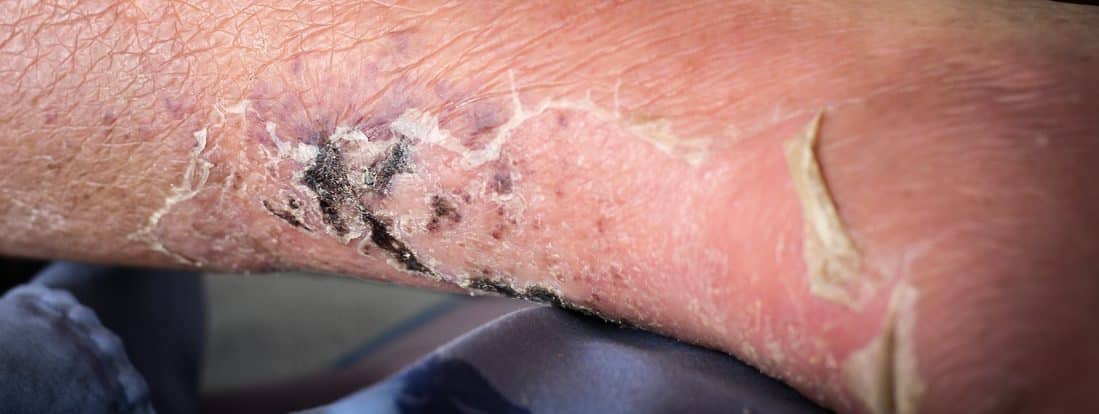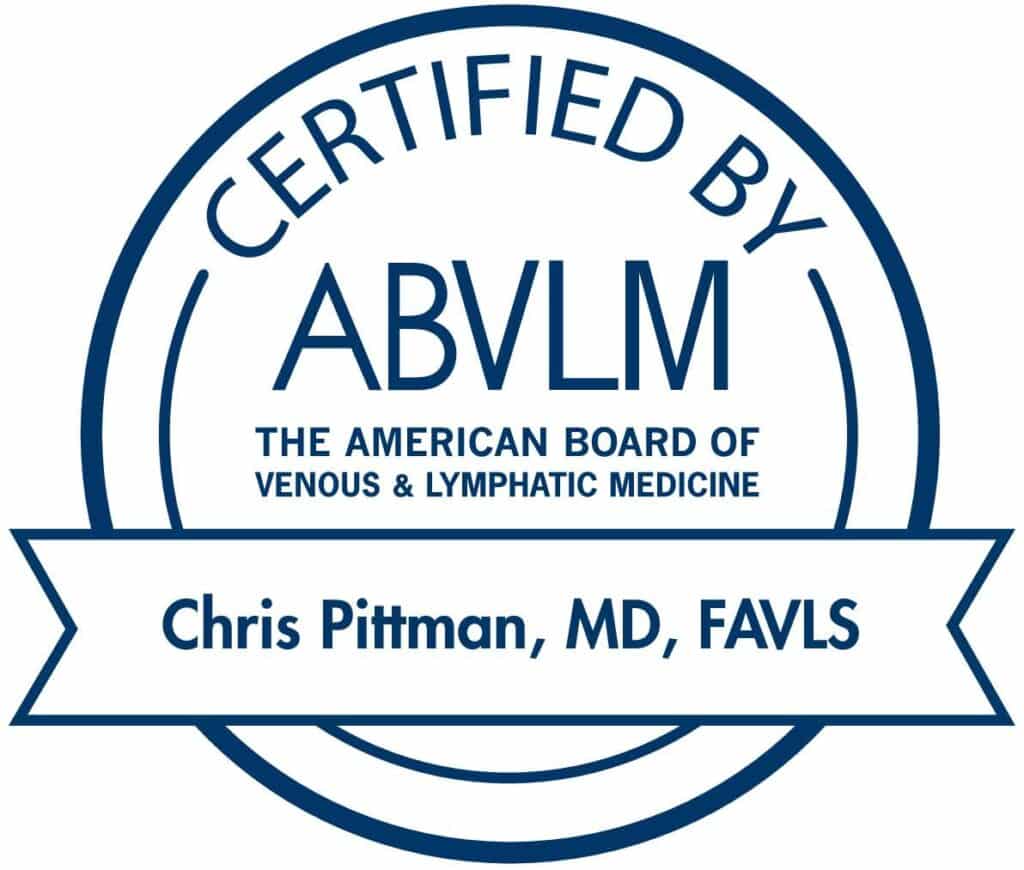Swollen ankles or an extremely heavy feeling in the legs are things that are easy to ignore, but they shouldn’t be ignored. These problems could be an early indication that you are developing a leg ulcer.
Leg ulcers, otherwise known as venous ulcers, can be extremely painful, cause skin damage, and, if left untreated, result in amputation. Early treatment of leg ulcers will help you avoid experiencing extreme pain and prevent other more serious health problems from occurring.
Wondering about when you should schedule an appointment with a local vein doctor to discuss the possibility of leg ulcers? The following are some of the early signs and symptoms associated with leg ulcers.
The Early Signs of Leg Ulcers
Most leg ulcers, unless they are caused by injury or trauma, don’t develop overnight. In fact, most venous leg ulcers take months, if not years, to develop into a giant, visible open sore.
Even though it takes months or years for ulcers to develop doesn’t mean there aren’t signs or symptoms of them. There are numerous signs that could indicate you are developing an ulcer on the leg.
Some of the signs and symptoms that are often associated with venous ulcers include:
- Discolored skin, usually around the ankles, that appears reddish-brown or purple
- Skin that feels extremely dry
- Skin that has a very firm appearance
- Chronic swelling – a doctor will run tests to determine the primary lymphedema causes that resulted in the swelling
- Noticeably swollen or enlarged veins
- Extremely heavy feeling in the legs
Who is at Risk for Developing Leg Ulcers?
Venous ulcers tend to happen to older individuals. However, anyone at any age is susceptible to ulcers.
People who are often at a higher risk for developing leg ulcers include:
- Smokers
- People with a history of high cholesterol or high blood pressure
- People who suffer from kidney or heart disease
- People with diabetes
- People who suffer from poor blood circulation
What Happens if a Leg Ulcer is Left Untreated?
Leg ulcers may appear to look like tiny cuts or sores, but they can cause a number of severe problems if left untreated. Untreated venous ulcers can cause extensive skin damage, damage the surrounding veins in the leg, and result in the development of an infection.
Once the ulcer becomes infected, things can quickly become extremely serious. The infection can spread to the surrounding tissue or bone and even enter the bloodstream. If the infection is left untreated, it could cause sepsis or even result in the need to amputate the foot or leg.
What Type of Treatment is Given for Leg Ulcers?
The type of treatment that you are given will depend upon the severity of the ulcer. If the ulcer hasn’t completely formed and a sore hasn’t broken out, you may only need to use compression stockings and keep the leg elevated. This will help reduce swelling and prevent the ulcer from forming.
If an open sore has developed on the lower leg, the treatment that is recommended will be more intense. Treatment for severe ulcers includes antibiotics to fight infections, surgery to clean the wound, and dressing to protect the wound. If it is determined the ulcer is caused by venous insufficiency, your doctor may recommend you seek treatment from a vein specialist to treat the problem.
Schedule an appointment at Vein911® Vein Treatment Centers to discuss treatment options for leg ulcers and vein insufficiency.











